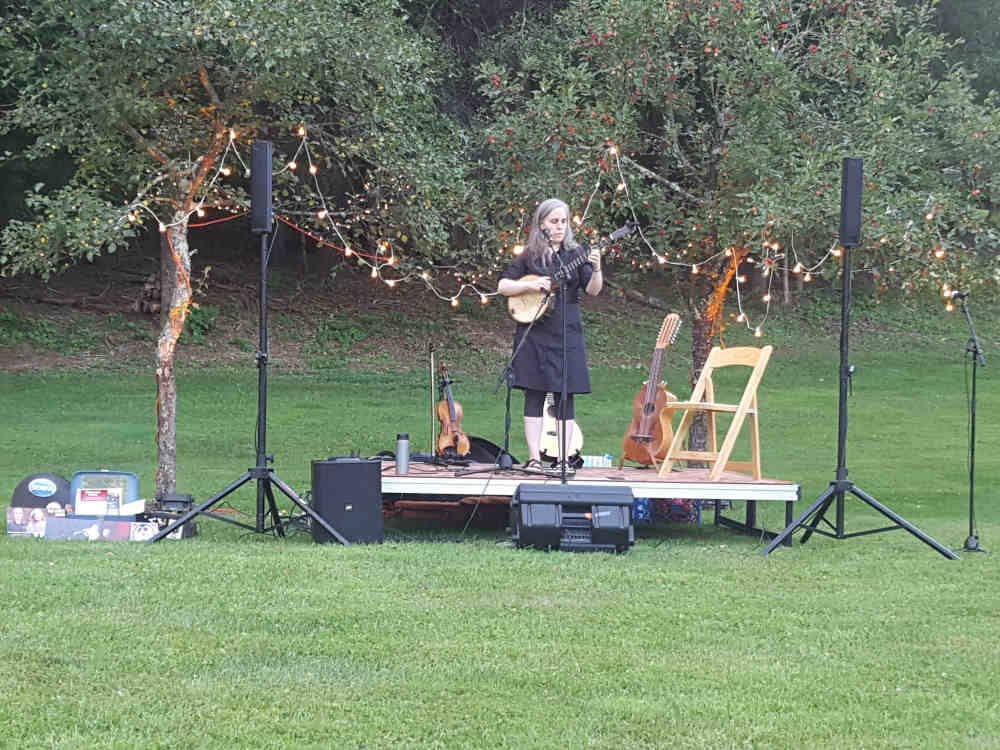I know how important global education is to help prepare my students to enter the global society in which we live. Do my students feel the same way though? To be effective within the classroom I must take my students’ thoughts, beliefs, interests, and opinions into account. There must be that buy-in and I really want my students to take more ownership over the work that we do. Prior to introducing global education in my regents earth science course (25 students, 9th/10th grade), I had them take a brief survey. So what did I find out?
Is it important to consider the perspectives of other cultures in school?
No other information was provided to the students to frame this question. It looks like approximately 87% of the students believe that it is important. What does this look like? What cultures are we talking about? How do we incorporate this in a meaningful way that respects these cultures? These are all things that will have to considered.
School does an adequate job of including the perspectives of other cultures in the curriculum.
Most students (70%) did not have an opinion regarding the current approach to considering different perspectives. I believe that this indicates that we need to be more transparent in our approaches. The students probably have a lot of the same questions that I do and may not know what this looks like. In my opinion, schools for the most part don’t do an adequate job. I’m guilty of that myself. Instead of teaching these perspectives ourselves we should be looking for primary resources or global citizens from different cultures to help students learn about the world.
My life is closely connected to the lives of people in other parts of the world.
About 27% of my students currently believe that their lives are connected to others throughout the world. Another 40% of my students are unsure. There is nothing wrong with this data as my students are not often encouraged to think outside of our town, our county, or our state. It is difficult to make connections to video clips that don’t affect us. These numbers will surely change as I begin to implement global education into my curriculum.
The problems faced by the world (pollution, climate change, etc.) can be solved by one country.
An overwhelming majority of the students (93%) disagree with this statement. Human impacts are a large part of the new earth science standards so this makes this an excellent starting point for global education. Students believe that we must work together to solve the problems facing humanity today so this could potentially be the foundation for global partnerships. Would students be willing to work with students in another part of the world though?
I would like to learn more about other cultures in school.
About 70% of my students want to learn more about other cultures but are they willing to step outside their comfort zone and work with other students?
I would like to work with students from other cultures in school
Yes! The interest is there! About 70% of my students want to work with students from other cultures. From some follow-up questions I asked my students at the end of the survey the students were able to actually share their thoughts. It turns out that some of my students already have made connections with people from around the world. One student of mine knows people from Russia, France, Italy, Norway, Sweden, Syria, and Australia. I was impressed!
Overall the results were encouraging. There is a need and an interest in global education. I had one student who chose a specific college to attend because he recognized that there was very little diversity within our school and he wanted to go somewhere that was very diverse. It looks like this is definitely going to be a worthy endeavor. This year I didn’t have much time to begin implementation due to time constraints but I did get a start.
For our final I had my students choose one of the UN’s Sustainable Development Goals that they felt strongly about and they would dig into it in much more detail.
I’ve never had students take so much interest in a final before. Some of my students put in hours upon hours of work doing research and writing about it. They were excited to talk about it with me during our video conferences.
I will leave you with a thought from one of my students who was very passionate about SDG #16: Peace, Justice, and Strong Institutions. This student related current events (police brutality and the Black Lives Matter protests) to our curriculum and did a wonderful job.
“I think it’s very important to complete these goals for a better world. Once people are done fighting for equality and start working as equals, the world will be able to heal. With people not worried about being attacked for their colour, gender, or whatever we will be able to fix what is wrong with our planet.”













